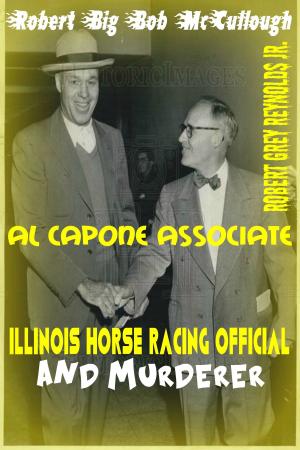Chevrolet Corvair Design And Engineering Flawed From Its Inception
Nonfiction, Reference & Language, Transportation, Automotive, History, Domestic, Social & Cultural Studies, True Crime| Author: | Robert Grey Reynolds Jr | ISBN: | 9781311008909 |
| Publisher: | Robert Grey Reynolds, Jr | Publication: | December 12, 2014 |
| Imprint: | Smashwords Edition | Language: | English |
| Author: | Robert Grey Reynolds Jr |
| ISBN: | 9781311008909 |
| Publisher: | Robert Grey Reynolds, Jr |
| Publication: | December 12, 2014 |
| Imprint: | Smashwords Edition |
| Language: | English |
The Chevrolet Corvair had a tempestuous life fraught with long-lasting defects throughout its production years from 1960-May 1969. The small and sporty car was introduced at a stockholders meeting in May 1959. It was designed to compete against the small cars that were taking a considerable amount of the American market near the end of the 1950s. Just one day before the announcement that the Corvair would be marketed beginning in the fall of 1960, GM's foremost American competitors introduced small car entries of their own. Chrysler's entry into the small auto market was the Plymouth Valiant and Ford's was the Falcon. Corvair's early problems included a faulty suspension. Then in 1965 consumer advocate Ralph Nader devoted an entire chapter to one of Corvair's glaring weaknesses, i.e. its tendency to roll over even at speeds as low as 26 and 28 miles per hours.
The Chevrolet Corvair had a tempestuous life fraught with long-lasting defects throughout its production years from 1960-May 1969. The small and sporty car was introduced at a stockholders meeting in May 1959. It was designed to compete against the small cars that were taking a considerable amount of the American market near the end of the 1950s. Just one day before the announcement that the Corvair would be marketed beginning in the fall of 1960, GM's foremost American competitors introduced small car entries of their own. Chrysler's entry into the small auto market was the Plymouth Valiant and Ford's was the Falcon. Corvair's early problems included a faulty suspension. Then in 1965 consumer advocate Ralph Nader devoted an entire chapter to one of Corvair's glaring weaknesses, i.e. its tendency to roll over even at speeds as low as 26 and 28 miles per hours.















